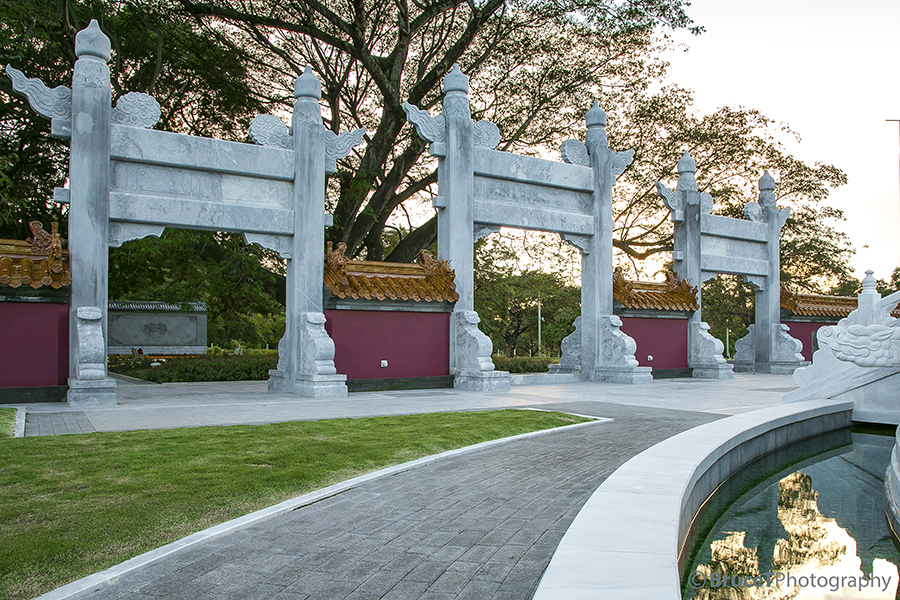Nestled within the Chinese Gardens is a spot as regal as it is made out to be.
The Imperial Garden is a replica of the Temple of Heaven (in Beijing, China) where construction started in 1406 and continued until 1420. It was initially started by the Yongle Emperor and subsequently completed by emperors of the Ming and Qing Dynasties.
Now one of the World’s greatest tourists and heritage sites, the Temple of Heaven served as a space for emperors to pay respect to heaven and pray for rich harvests.
In 1998, UNESCO listed the Temple of Heaven in the World Heritage Sites list and provided the following description, “a masterpiece of architecture and landscape design which simply and graphically illustrates a cosmogony of great importance for the evolution of one of the world’s great civilizations…”.
We did some research into the Temple of Heaven and found some interesting facts from UNESCO
Here’s what we found:
“The Temple of Heaven is an axial arrangement of Circular Mound Altar to the south open to the sky with the conically roofed Imperial Vault of Heaven immediately to its north. This is linked by a raised sacred way to the circular, three-tiered, conically roofed Hall of Prayer for Good Harvests further to the north”
“Located south of the Forbidden City on the east side of Yongnei Dajie, the original Altar of Heaven and Earth was completed together with the Forbidden City in 1420, the eighteenth year of the reign of the Ming Emperor Yongle. In the ninth year of the reign of Emperor Jiajing (1530), the decision was taken to offer separate sacrifices to heaven and earth, and so the Circular Mound Altar was built to the south of the main hall for sacrifices particularly to heaven. The Altar of Heaven was thereby renamed the Temple of Heaven in the thirteenth year of the reign of Emperor Jiajing (1534)). The current arrangement of the Temple of Heaven covering 273ha (hectares) was formed by 1749 after reconstruction by the Qing emperors, Quanlong and Guangxu.”
Source: https://whc.unesco.org/en/list/881
Back at the Hope Estate, the Imperial Garden was constructed with material such as slate, alabaster, tiles, glazed clay and marble; all of which came from China.
The main gateways into the Imperial Garden are an indication of outstanding Chinese architecture, culture, mythology and the philosophy of feng shui.
Spaces also featured in the Chinese Gardens are: The Yingbi Wall, The Lingbi Stone and The Circular Mound.
Fun fact: some of these other spaces are replicas of sections of the Temple of Heaven.
Want to see the remarkable Imperial Garden? Stop by the Chinese Garden and bask in its beauty.
Please be reminded that the space is one of peace and harmony – in keeping with the philosophy of feng shui, so keep it quiet.
Author: Candice Stewart

